Fractional Rebrands, Raises $20M to Expand Collective NFT Ownership

Many of us will never own a CryptoPunk or a Bored Ape Yacht Club avatar, or one of many other uber-expensive “blue chip” NFTs—but it might still be possible to own a small piece of such assets, through «fractionalization.» And the top platform for fractionalized NFTs hopes to make that prospect a little more approachable and appealing.
NFT platform Fractional today announced that it has changed its name to Tessera, alongside raising a $20 million Series A round. The round was led by Paradigm, much like the startup’s seed round last year, with participation from Uniswap Labs Ventures, Focus Labs, eGirl Capital, Yunt Capital, and more than 50 individual angel investors.
Andy Chorlian, co-founder and CEO of Tessera, admitted to Decrypt that the platform’s original name was “obviously very on the nose.” That had benefits at first, he said, as the name conveys the concept of fractionalizing an NFT—that is, effectively selling tokenized shares in an NFT so that hundreds or even thousands of people can own a share of something together.
However, the name never quite firmed up in the minds of NFT owners—Chorlian said that people would call it Fractionalize or Fractal.art (its domain name), or even Fractal, the name of a different, Solana-based gaming NFT platform. But the rebrand is about more than just carving out a unique brand. It’s also about expanding the pitch more broadly to collective ownership.
What DAOs Can Do: $6.75M in Ethereum for Ukraine
“What we really want to do is find unique and interesting ways to empower people online—and particularly on the blockchain—to collectively own things together,” he explained.
Fractional’s current platform has already been used for a number of high-profile projects. For example, the internet-famous original Doge meme photo—the inspiration for Dogecoin—was purchased by an NFT-collecting community (or DAO) called PleasrDAO for $4 million.
A DAO is an internet community united by shared goals, with membership represented via tokens. PleasrDAO then fractionalized the NFT into nearly 17 billion DOG tokens and sold them to the public. Currently, the total market cap of those tokens sits at about $10.8 million, per data from CoinGecko, although the price of the tokens is down 97% from the peak.
Other notable projects that have used Fractional include UkraineDAO, which raised $6.75 million worth of ETH for Ukraine relief funds earlier this year, while Free Ross DAO raised funds for the legal defense of imprisoned Silk Road founder Ross Ulbricht. Notable NFT project Azuki has used the platform for a community ownership initiative as well.
Explaining NFTs—that is, blockchain tokens that represent ownership in an item—can be difficult enough on its own. Adding fractionalization to the mix complicates things significantly. Under Fractional’s current structure, users who buy into a project get a stash of Ethereum ERC-20 tokens that represent a share of ownership.
With the coming launch of a V2 protocol, the newly-rebranded Tessera will instead give users an NFT that represents an ownership share in the more valuable NFT that they bought into. Chorlian believes that it will better represent the collective ownership proposition, and create an improved sense of partial ownership for users.
“One of the big things for us is trying to really meet our collector base and users where they are, and now all those fractions will be NFTs themselves,” he said. “It’ll be a much more normal experience that they would expect.”
Tessera is also rethinking how it conveys what it sees as the benefits of communal ownership for NFTs. Chorlian pointed to the ability for artists and creators to build larger communities around their work through fractionalization, and it’s a way for users who aren’t ETH-rich to enter a tokenized community with others that have similar interests.
Tessera plans to start rolling out its v2 platform with a trial run focused on Nouns, an Ethereum NFT project, before launching the broader protocol around October. The platform plans to start small and gradually expand to include more NFT collections and projects, he said. Tessera will also explore potential layer-2 scaling solutions to cut down on transaction fees too.
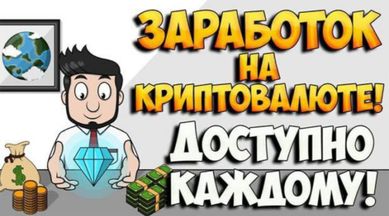
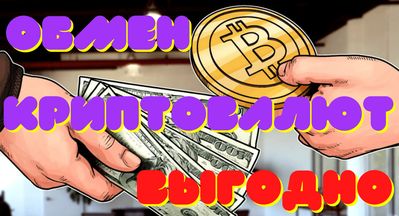
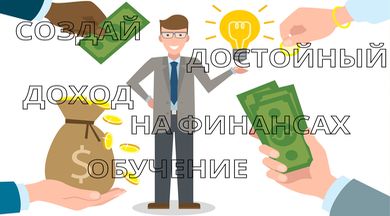

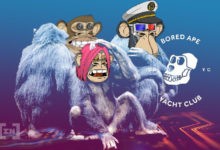
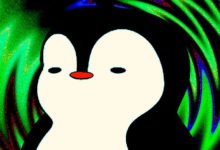
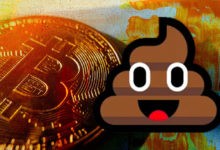
 Bitcoin
Bitcoin  Ethereum
Ethereum  Tether
Tether  Dogecoin
Dogecoin  USDC
USDC  Cardano
Cardano  TRON
TRON  Chainlink
Chainlink  Stellar
Stellar  Hedera
Hedera  Bitcoin Cash
Bitcoin Cash  LEO Token
LEO Token  Litecoin
Litecoin  Cronos
Cronos  Ethereum Classic
Ethereum Classic  Monero
Monero  Dai
Dai  Algorand
Algorand  OKB
OKB  Cosmos Hub
Cosmos Hub  Stacks
Stacks  Gate
Gate  Theta Network
Theta Network  Maker
Maker  Tezos
Tezos  KuCoin
KuCoin  IOTA
IOTA  NEO
NEO  Polygon
Polygon  Zcash
Zcash  Tether Gold
Tether Gold  Synthetix Network
Synthetix Network  TrueUSD
TrueUSD  Dash
Dash  0x Protocol
0x Protocol  Zilliqa
Zilliqa  Holo
Holo  Siacoin
Siacoin  Enjin Coin
Enjin Coin  Basic Attention
Basic Attention  Qtum
Qtum  Ravencoin
Ravencoin  NEM
NEM  Decred
Decred  Hive
Hive  Ontology
Ontology  Bitcoin Gold
Bitcoin Gold  DigiByte
DigiByte  Huobi
Huobi  Waves
Waves  Nano
Nano  Status
Status  Lisk
Lisk  Steem
Steem  Numeraire
Numeraire  Pax Dollar
Pax Dollar  BUSD
BUSD  OMG Network
OMG Network  Ren
Ren  Bitcoin Diamond
Bitcoin Diamond